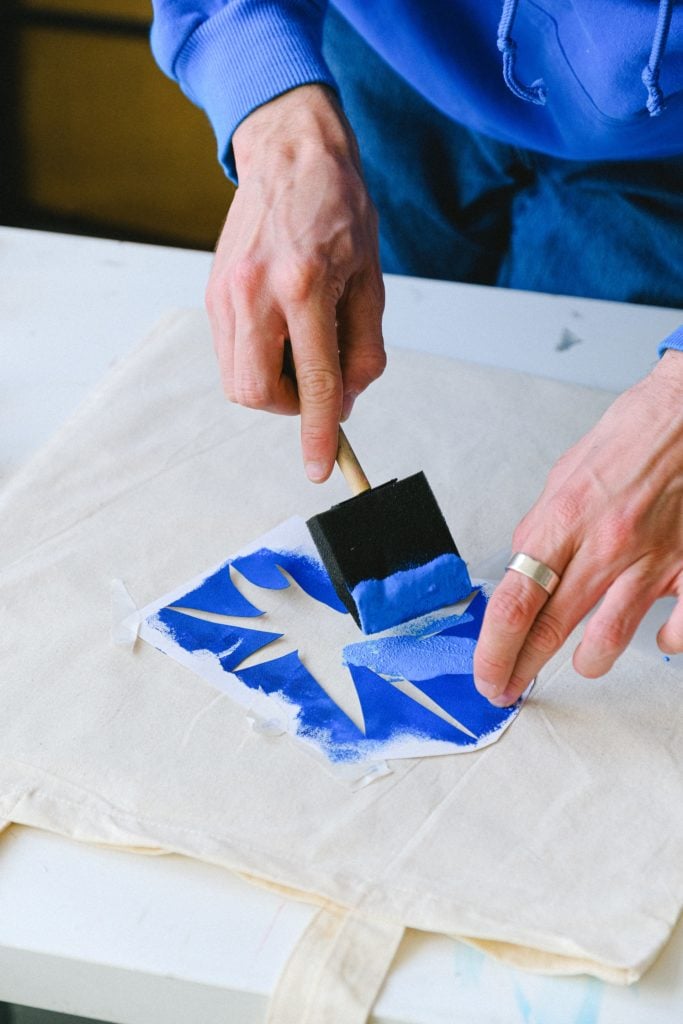Water transfer printing, also known as hydro dipping, is an advanced surface finishing technology that involves dipping a three-dimensional object in a specially designed water bath containing a suspension of paint or film to transfer a decorative image onto the substrate. This technique is one of the most effective and cost-effective methods to produce high-quality prints with a stunning finish. It can create complex patterns and textures on various materials, including plastics, metals, glass, and hardwoods.
Apply a design using the hydro dipping process; the object is submerged in a container containing a thin film of a colorant, then painted onto the item with a brush or other applicator. The film is then allowed to dry for several minutes, and the object is now ready for further processing or finishing. Water transfer printing is an excellent choice for producing a highly detailed design with vibrant colors and excellent durability. With an array of colors, textures, and patterns offered, this technique offers endless possibilities.
1. Select the Film
Selecting the correct film is important for ensuring successful water transfer printing. There are a variety of water transfer printing films available, including stainless steel, carbon fiber, marble, and gloss/matte finishes. Choosing the right film for the desired outcome is essential.
Consider the overall look and feel of the object to be finished, such as an automotive part, and select a film that will match that desired aesthetic. Also, special films are designed for specific plastics and metals, so double-check compatibility with the base material before investing in a water transfer printing film.
2. Apply the Base Coat
Before water transfer printing, it’s important to prepare the surface to be printed on properly. This is done by applying a base coat. The nature of the substrate and the chosen pattern will dictate the type of base coat to be used. Generally, you will choose between a solvent-based base coat and a water-based base coat.
When applying solvent-based base coats, you will use a spray gun to apply the product. The solvent-based base coats are known for their durability and longevity. Once the base coat is applied and dried, it’s time to move on to the water transfer printing process. Check the instructions on the specific product you are using to determine the best way to achieve the desired effect.
3. Use the Right Temperature
When adding the film with the design to the water, the water should be approximately 70-77°C. This temperature will help ensure that the film properly integrates with the object. Lower temperatures will slow this process significantly, potentially resulting in poor adhesion.
Additionally, the water used to cool the film and object should be at room temperature, not cold. Colder temperatures could lead to the cracking of the film and paint. Maintaining a proper temperature level is critical when utilizing water transfer printing techniques and will help ensure the best results.
4. Practice
When using water transfer printing techniques, practicing and familiarizing oneself with the process before attempting the actual project is important. Before beginning a project, the substrate surface must be prepped according to the manufacturer’s instructions to ensure a smooth and even finish. Additionally, the substrate’s submersion should be steady and constant when completing the first step in the process.
The final product may have an uneven finish if this step is rushed. All bubbles should be eliminated before drying to ensure a quality finish. With these simple tips and preparation, water transfer printing techniques can be effectively and efficiently used for any project
